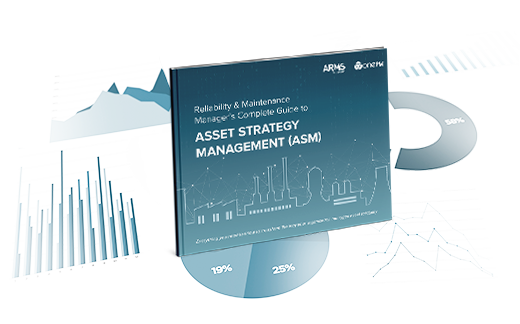There is a frequent saying in our industry that, “You cannot maintain your way to reliability and asset performance.”
This quote comes from Terrence O’Hanlon at Reliability Web and it’s absolutely correct. Maintenance is focused on ensuring asset condition is kept to a certain standard and repairing that asset if it fails. Reliability is about ensuring an asset is able to perform its intended function for a desired period of time.
There’s no question that reliability and maintenance are separate functions. The question is whether organizations are separating them too much?
In the last ten years or so there’s been a movement to separate reliability from maintenance, to the point that the functions have different reporting lines and reliability engineers become completely disconnected from execution.
Initially the allure was to create clarity in the difference between maintenance and reliability and remove reliability engineers from day to day maintenance issues. However there are several things that can go wrong when you have this complete delineation between reliability and maintenance. First of all, you may have reliability engineers making really good decisions that can’t be practically executed or perhaps they don't understand some of the practical constraints. Or, if decisions can be executed on, there may be confusion with respect to task specifications or task intervals. This is not the fault of one side or the other. Reliability engineers and maintenance teams each have different skills and expertise but they work best when they can apply these in a coordinated way.
The performance we get from an asset will in large part be influenced by how we maintain it. The way we maintain it should be based on sound reliability engineering principles. Hence the connection of reliability and maintenance is fundamental and foundational to improved asset performance.
How to create alignment between reliability and maintenance
Restructuring your organization to bring reliability engineers and maintenance teams under one division and reporting line can help to ensure a more coordinated approach. Equally important is a very clear understanding of what the organization’s objectives are when it comes to asset management.
Many organizations approach us to talk about reliability, but through these discussions we come to find that a majority are most interested in maximizing performance and improving service levels. It is a solid aim and we can work with organizations on a strategy and process to support this. However, for the organization to deliver on this, reliability engineers and maintenance teams need to be aligned to this goal and work together to achieve it.
For some, the idea of flipping their structure and bringing these two functions together may seem too disruptive. However, we would argue it should be explored, especially when revisiting your objectives for asset management. Ultimately, this purpose should guide you in all asset management decisions, including how you structure your teams.


